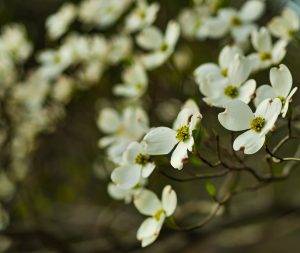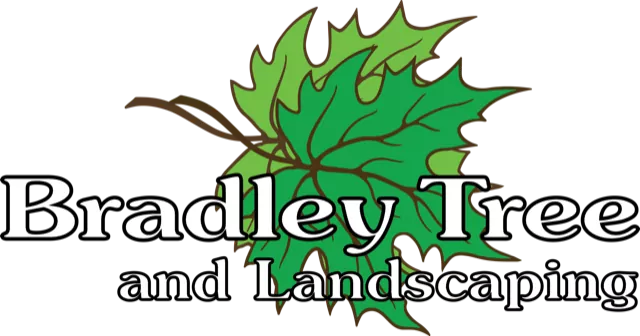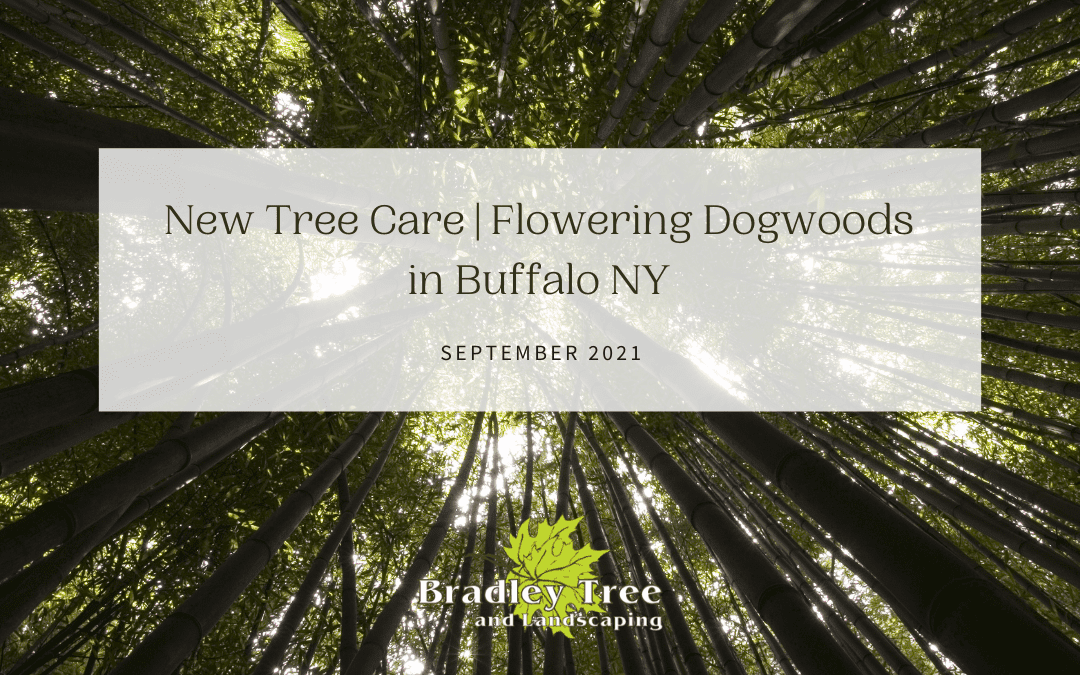If you’re here, you likely already took our advice and planted a Flowering Dogwood tree in your yard. That’s awesome! We always love seeing new trees planted. Now, you probably want a bit more of a detailed explanation of new tree care. Fear not! Today, we’ll be covering that.
Soil conditions for your new tree!
As we mentioned in our planting guide, Dogwood trees prefer soil that’s neutral to acidic. Remember that 1-14 pH scale from school? The soil that dogwoods prefer is in the 5.5-7.0 range. Now, many garden soils are already in that range, but make sure to check the label just in case.
Oh no, you got soil that’s too far in one direction or the other for the tree! Here’s what to do (making sure to have a soil pH testing kit): To make the soil more alkaline (raising pH), add pelletized limestone. To make the soil more acidic (lowering pH) add soil sulfur, aluminum sulfate, or chelated iron. Additionally, organic compost would also work to make the soil more acidic.
As we had mentioned in the planting guide, Flowering Dogwoods prefer well-drained soil that doesn’t get too dry. The more organic matter in the soil, the better. This tree species prefers partial shade but tolerates full sun. If you do plant in an area in full sun, then you’re going to need to give trees extra water during hot days. Remember, the licensed arborists at Bradley Trees are always happy to help with any questions you have regarding your trees.
Before planting, consider the following:
Moving past the soil, let’s get into some planting guidelines. You’ll likely get a bare-root sapling, which is about a foot long. There’s some material surrounding the roots to retain moisture. Keep that on until the tree is ready to go in the ground. Your tree should be planted soon after arrival.
You’re almost ready to plant! Before continuing, make sure to prune damaged roots and branches. Also, did you get a bare-root plant? Remember to soak the roots in water for a few hours so that the tree has some moisture. If your plant was container-grown, loosen the root ball with a soil knife so the roots don’t continue growing in a circular shape.
If you got your sapling from a nursery, note the depth it was planted at. You can find this by looking for discoloration on the stem. For trees acquired other ways, you should plant the root ball in a hole about one-half to one times the size of the root ball. Regardless of how you got the sapling, now you gently mold the soil around the rootball, up to the flare. Do not smother the flare of the root ball, that should be exposed. Your hole should be large enough to allow the tree some room to grow in. Typically, you want about a foot wider than the root spread, with roots pointed downwards.

Flowering Dogwood flowers, Aaron Burden on Unsplash
Your new tree has been planted, what’s next?
Once your tree has been properly planted, place a layer of mulch around it, not piling the mulch so high that it smothers. Flowering dogwood trees don’t need to be fertilized, but you can use a slow-release fertilizer around the time of planting and first water. Do not use fertilizer again until the 2nd year, though.
Remember, you don’t need to water often, if ever, during winter. For the first year, water during the summer and fall 1-2x per week. Make note of thoroughly soaking the root area. After that first growing season though, rainfall alone should be enough for the tree, except during drought.
As mentioned, fertilizing is mostly beneficial in the 2nd year. Flowering Dogwood trees should be fertilized twice, late winter (typically around February), and early summer (typically mid-June). Your tree won’t need pruning until the 2nd year, and could have adverse effects if you do decide to prune earlier.
The really cool part about flowering dogwoods is once these trees are established, they rarely need to be pruned. These trees can go 5-10 years between clippings, usually having tree pruning done for aesthetic reasons. Also, make sure you don’t prune in the Fall. That will destroy your flowering buds next year. When you do get pruning or trimming done to this tree species, it is typically done in winter to early spring, before the new flowers bloom.
Flowering dogwoods upgrade your WNY landscape
Flowering dogwoods trees are primarily used as specimen trees in landscaping, meaning that they are usually used for their awesome visuals. Remember all the incredible colors these trees display throughout the year? The flowers of these trees also attracts butterflies, and birds love their berries.
Contact us!
That’s all for today! The tree care experts at Bradley Tree are more than happy to talk trees, so reach out to us today. Make sure to follow the fun by Like-ing us on Facebook and staying up-to-date with our blog. Bradley Tree and Landscaping is a WNY professional tree service offering tree trimming, tree pruning, landscaping, plant healthcare, tree consulting and so much more.
Bradley Tree and Landscaping has the best bunch of ISA-certified arborists in Buffalo, and we’re passionate to help and educate. Contact us today by calling at 716.293.2091 or by filling out a contact form.

